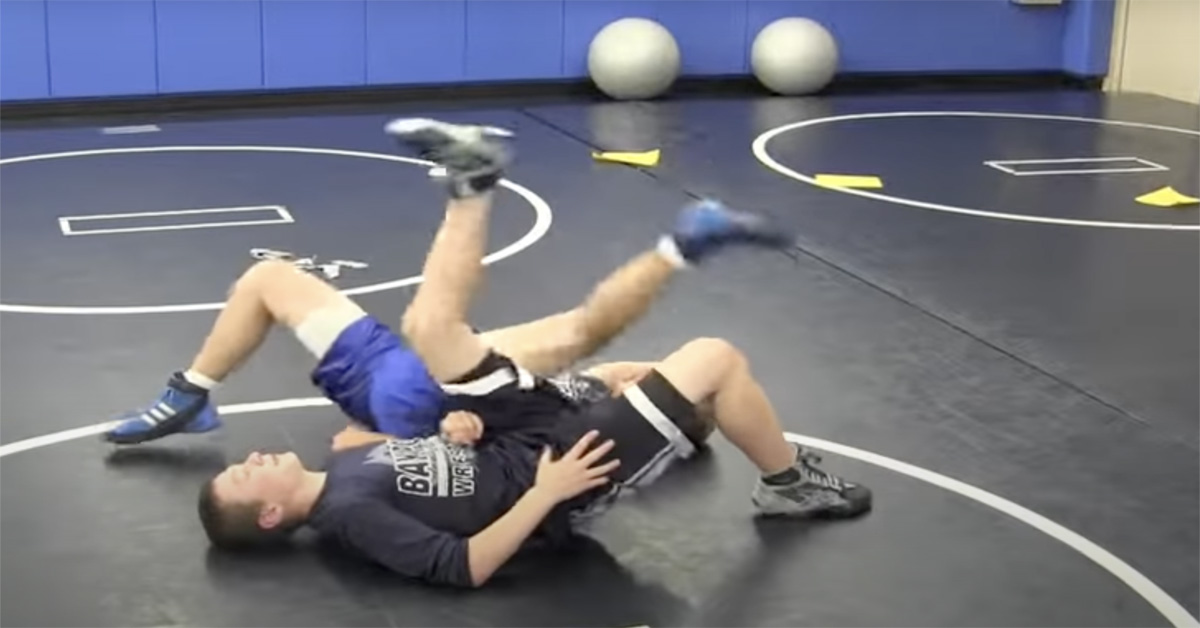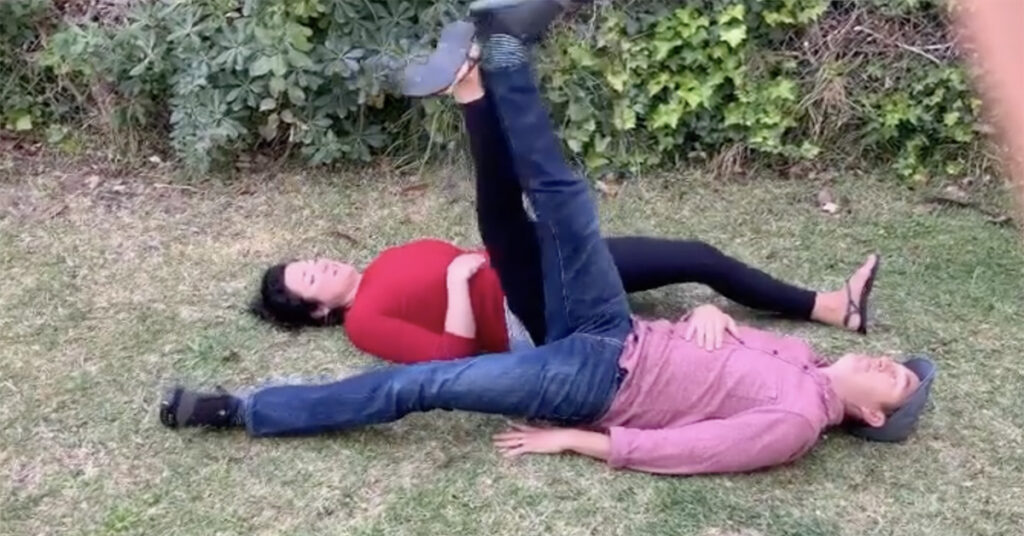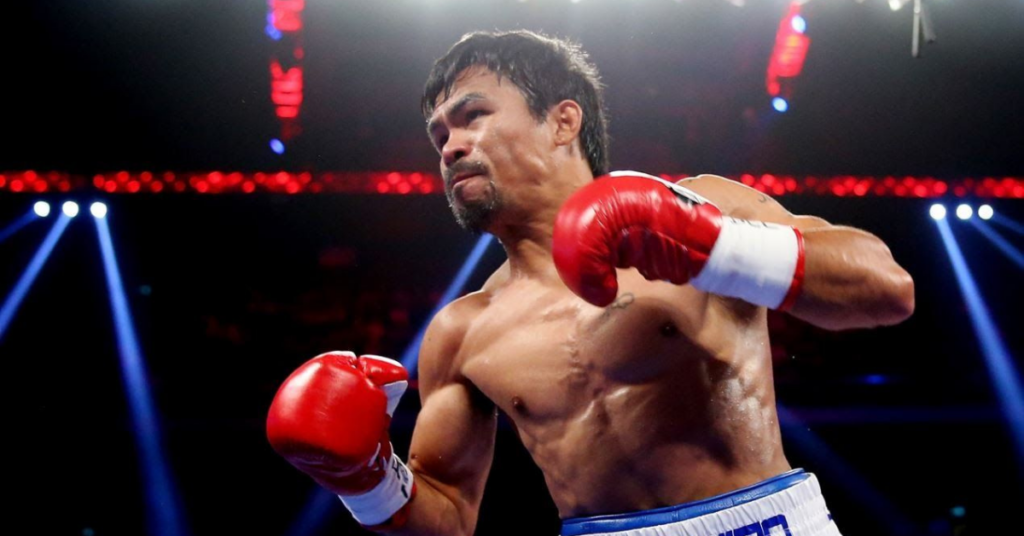Indian Leg Wrestling: Pehlwani A Full Guide

As a kid, you more than likely played Indian leg wrestling with your friends. While you probably thought it was just a silly wrestling game, this form of wrestling has a rich history.
Here is a full guide to the ancient game of Indian wrestling. Check out everything from the history and rules of leg wrestling below.
What is Indian Leg Wrestling

Indian leg wrestling, also known as “Pehlwani” or “Pehlwani Pehlwani” is a form of leg wrestling that was developed in India. Unlike conventional wrestling, which primarily involves grappling with the upper body, Indian leg wrestling only permits the use of legs.
In Indian leg wrestling, two competitors sit on the ground facing one another on the ground. The soles of their feet are touching and their legs are intertwined with both hands also connected for balance and leverage.
The main objective of the game is to force the opponent’s back and shoulders on the ground for a pin. All while maintaining control over the opponent’s leg and only with the use of your hooking leg.
Competitors will use a combination of leverage, strength, and technique to pin their opponents. Common techniques include pushing, pulling, twisting, and shifting bodyweight.
Indian leg wrestling matches will typically continue until one wrestling successfully pins their opponent.
The History of Indian Leg Wrestling
While Indian leg wrestling may seem like a simple child’s game that is played for fun, it does have a rich history. This style of leg wrestling was actually created centuries ago in some circles and is taken as seriously as traditional wrestling.
Ancient Origins
Indian leg wrestling can be traced back thousands of years in India where it was created. This form of leg wrestling was developed for the purpose of physical exercise, combat, and sport.
References of Pehlwani can be traced back to ancient Indian texts such as the Vedas and Mahabharata.
Mughal Influence
During the Mughal period in India (16th to 19th century), leg wrestling gained further popularity and patronage from the Mughal emperors. Historically, the Mughal emperors were known for their love of sports, which included Indian leg wrestling.
Not only did the emperors encourage the practice of leg wrestling, but all forms of leg wrestling and other Indian-based sports.
Traditional Akharas
Indian wrestling has traditionally been practiced in training areas known as “Akharas.” These Akharas serve both as a training ground for wrestlers, as well as where competitions are held.
Akharas play a vital role within Indian communities that give locals a place to form camaraderie, while learning wrestling skills.
Colonial Era
During the colonial period, when the British seized control of India, Indian leg wrestling was practiced, but faced many difficulties. During this occupation, the practice of indigenous sports and other cultural practices were forbidden and punishable by torture or even death.
Pehlwani had to be practiced in secret, but the practice of it, along with other forms of wrestling continued.
Modern Era
In the modern era, Indian leg wrestling has gone through various changes and developments. It gained more structure and organization thanks to the establishment of wrestling federations and governing bodies.
Wrestlers began to compete at national and international levels, bringing recognition of the sport on a global scale.
The Expansion of Indian Leg Wrestling
Today, Indian leg wrestling or Pehlwani is practiced by various people around the world. Outside of India, leg wrestling is seen as a fun child’s game and many have no idea about the sport’s history.
Despite this fact, this form of wrestling is played and practiced around the world by many adults and children.
The Rules of Indian Leg Wrestling

The rules of Indian leg wrestling can vary depending on the region and governing bodies overseeing the sport. However, some of the basic rules of the sport include:
- Starting Position: Both wrestlers start on the ground facing each other with their backs on the ground. The soles of their feet must be touching, with their hands connected, and legs intertwined.
- Objective: The objective is to force your opponent to the back or their shoulders while maintaining control over their leg.
- Technique: Leg wrestlers use a combination of strength, leverage, and technique to overpower their opponent. Common techniques include pushing, pulling, twisting, shifting body weight.
- Fair Play: Certain techniques such as biting, hitting, or headbutting are strictly prohibited.
- Victory: Victory is won whenever a leg wrestler successfully pins their opponents back to the ground using only their leg.
- Match Duration: Matches will continue until one of the wrestlers successfully pins their opponent.
- Scoring: Generally, there’s no scoring in any rule set of leg wrestling and the point of the game is to pin your opponent.
- Refereeing: Leg wrestling matches are overseen by a referee, who ensures that the rules of the sport are being followed by the competitors.
Indian Leg Wrestling Today
Pehlwani or Indian leg wrestling, continues to be practiced in various parts of India as a serious form of wrestling. The continued practice of Pehlwani is preserving its cultural heritage and ensuring it lives on.
Outside of India, the practice of Indian leg wrestling is still played by children and adults as a fun game. Indian leg wrestling will live on and be played and practiced by future generations.






